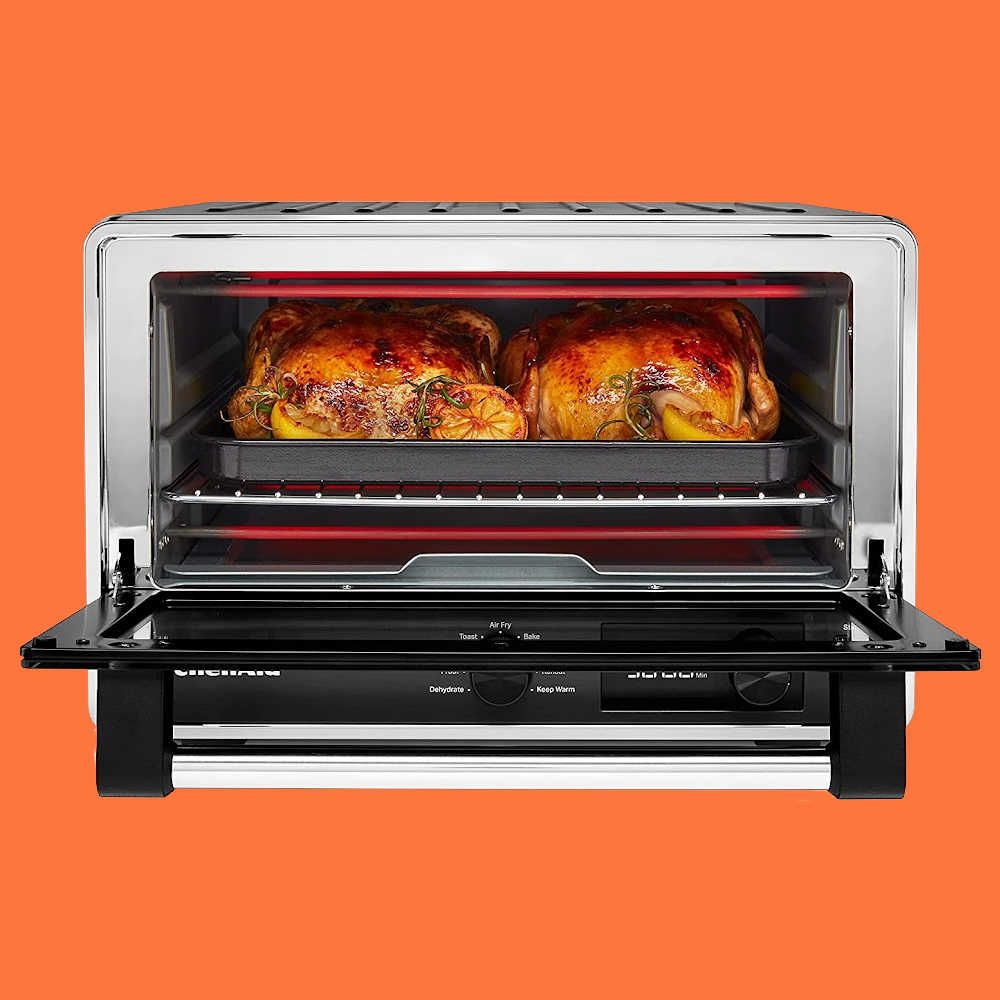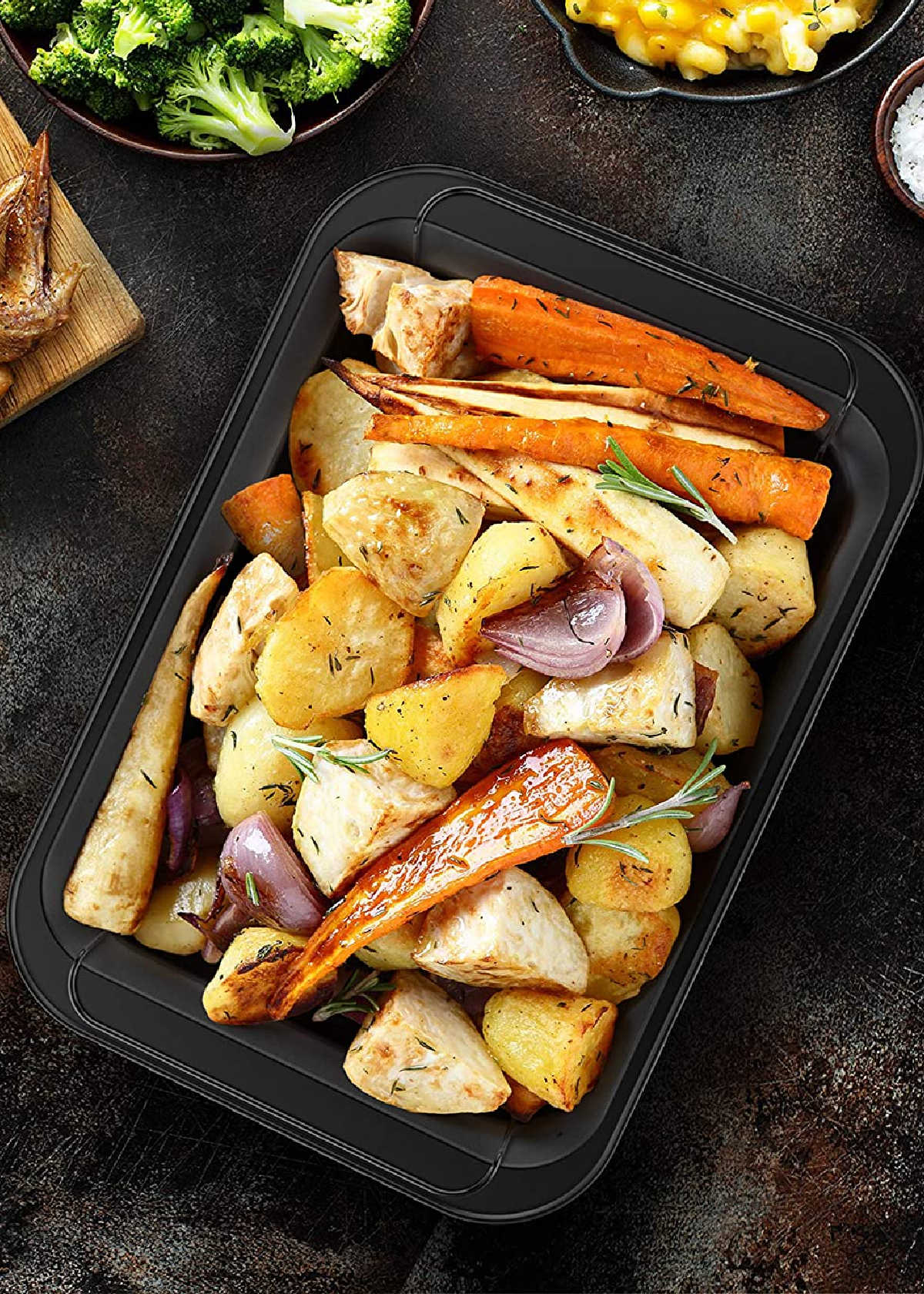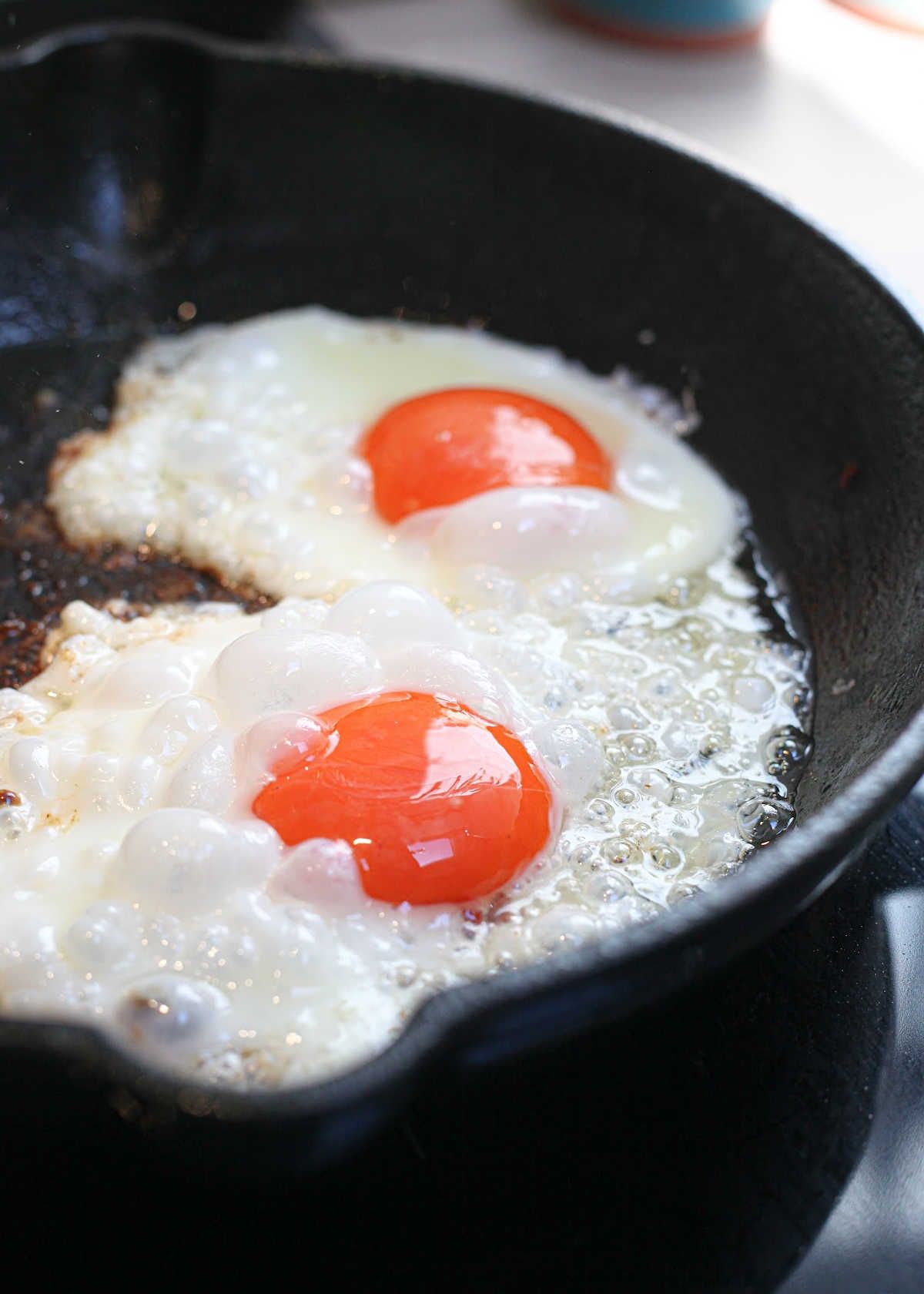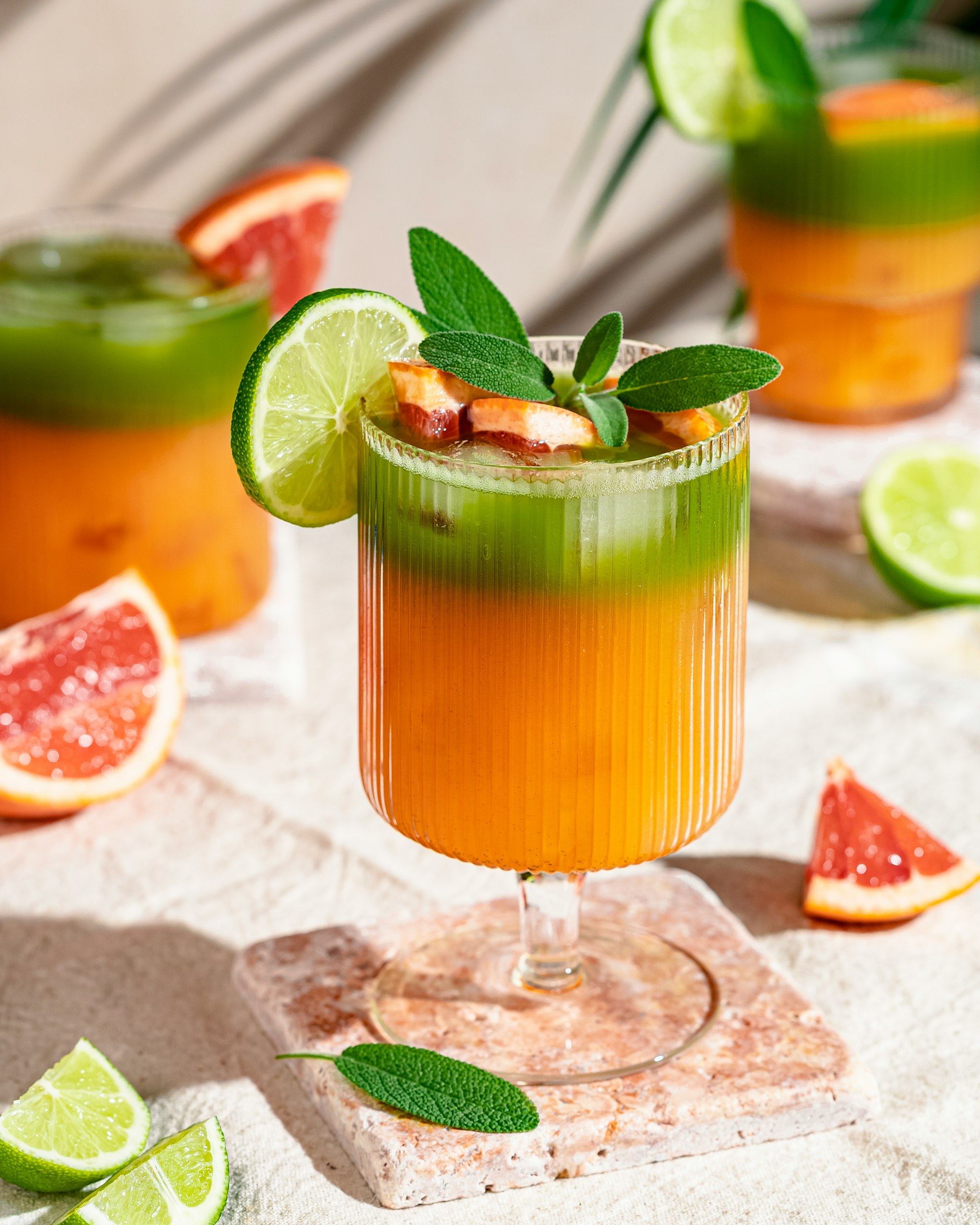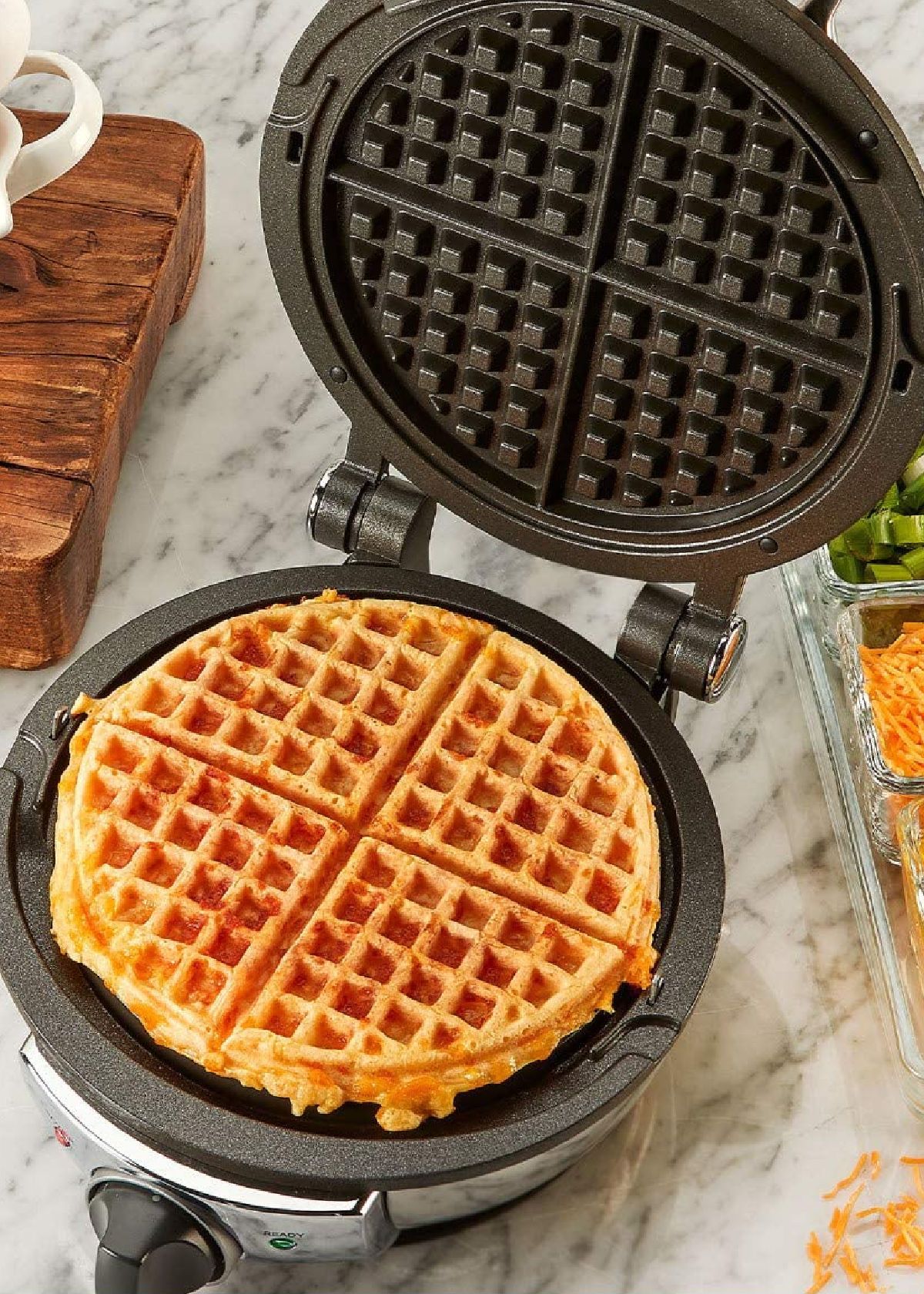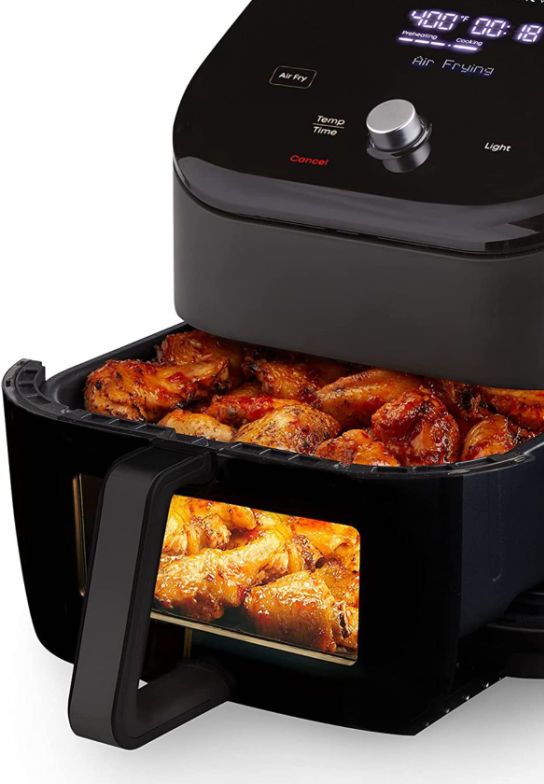Content Summary
Wine is a delicate beverage that needs to be stored under specific conditions to maintain its flavor, aroma, and quality. One of the most important conditions is humidity.
In the old days, the wealthy wine lovers build houses with dedicated cool air wine cellars. They were designed to keep constant temperature and humidity. Now, we have wine refrigerators.
In this quick guide, we will walk you through everything you need to know about wine cooler humidity control, including the humidity level for wine collection storage, and how to reduce and increase humidity.

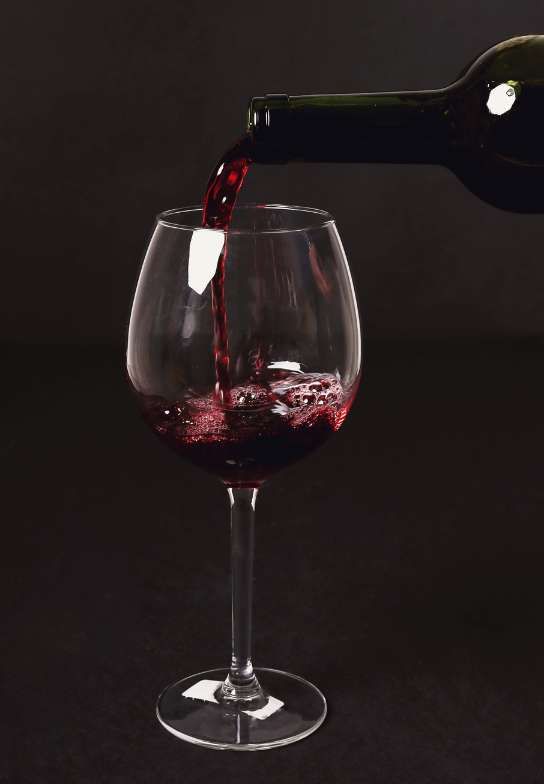
Wine Fridge Humidity Control
The ideal humidity range for wine storage is between 50% and 70%.
When the humidity level is too low, the cork can dry out, and its shrinkage may well lead to oxidation of the wine.
High humidity levels can cause mold and mildew to form on the cork, allowing air to seep into the bottle and damage the wine.
Why Is Humidity Level Important?
Humidity refers to the amount of moisture present in the air. Maintaining the correct humidity level is crucial to preserve the wine and protect the cork. Anything below 50% or above 70% is not conducive to wine storage.
Why Is My Wine Fridge So Humid?
A wine fridge can become too humid when it is not well-ventilated, or if the door is opened frequently. It is also possible that there are too many bottles in the fridge and not enough air circulation.
What Signs Indicate High Humidity?
Excessive condensation on the windows, damp spots on the walls, or a musty smell are all signs of excessive humidity.
What Signs Indicate Low Humidity?
Squeaky corks, dry labels, and dried-out wines are all signs of low humidity.


How To Control Humidity In A Wine Fridge
7 Ways To Control The Humidity
The core question is, how to control humidity in wine fridge environments. Fortunately, there are several ways to control the humidity level in your wine fridge and turn it into a dedicated, modern wine cellar.
- Invest in a wine cooler with humidity control. These wine coolers have a built-in humidifier or dehumidifier that automatically adjusts the humidity level, ensuring your wine is stored at an ideal level.
- Use humidifiers or dehumidifiers. Humidifiers are used to raise the humidity level in a storage space, while dehumidifiers reduce it. If your wine fridge does not have humidity control, you can place a humidifier or dehumidifier in your wine fridge.
- Use a humidity gauge or hygrometer. If the fridge doesn't have humidifiers or dehumidifiers, you can opt for a hygrometer or a humidity gauge to measure the humidity level inside your wine fridge.
- Place a bowl of water inside. This is an easy and inexpensive way to increase the humidity level, but make sure to check that the water hasn't evaporated, and regularly check your hygrometer.
- Add moisture absorbers. These are packets of gel that absorb moisture and can be used to reduce the humidity inside the fridge.
- Check regularly. It is important to check the humidity level periodically, as even a small change can affect your wine's quality.
- Clean regularly. Regular cleaning of the wine fridge helps to maintain optimum temperature and humidity levels, as well as prevent mold and mildew from building up. Dust and dirt build-up can restrict air circulation, making it harder for the fridge to adjust humidity levels.
By following these steps, you can easily control the humidity level in your wine cooler to ensure that wine bottles are always stored correctly. With the right wine fridge temperature and humidity levels you can enjoy perfect glasses of vino every time!


How To Reduce Humidity
If you worry about wine cellar humidity or if you find high humidity in your wine fridge, there are several ways to reduce it.
- Use a moisture absorber like silica gel desiccant or a food grade charcoal filter. These materials absorb excess moisture from the air, reducing the humidity level.
- Increase the temperature in the wine fridge. Higher temperatures (up about 10 degrees F) will reduce the relative humidity.
- Open the door of your wine fridge for half an hour every day, allowing fresh air to circulate and removing excess moisture. But beware of exhausting the cooling system with warm air.
- Adjust the ventilation system. If your wine fridge has a venting system, you can adjust it to increase the airflow to reduce humidity levels.
- Use a dehumidifier to remove excess moisture from the air. However, avoid lowering the humidity level too much, as it may cause the cork to dry out and shrink.
How To Increase Humidity
If you have low humidity in your wine fridge, there are several ways to increase it.
- Add a bowl of water to the fridge's interior. The water will evaporate slowly, increasing the humidity level.
- Use a humidifier designed for wine fridges. These humidifiers have a built-in sensor that maintains the ideal humidity level automatically.
- Decrease the temperature in the wine fridge. Lower temperatures (about 10 degrees F) cause the air to hold more moisture, which in turn increases the humidity level.
- Place a damp cloth on the wine fridge walls to help increase humidity. Make sure to check the cloth regularly and re-dampen it if necessary.
Also check our guides to help you store wines at home and examine if the wine is gone bad. These tips will help keep your wine tasting delicious for years to come!


Tips & Tricks
When controlling humidity, keep in mind that:
- Humidity should be between 50% to 70%. Anything outside of this range can cause your wine’s taste and quality to suffer.
- Keep an eye on the hygrometer readings as it may take a few days for the humidity level to adjust.
- Check the humidity level regularly, as even small changes can have an impact on your wine’s taste and quality.
- Clean your wine fridge regularly, as dust and dirt build-up can restrict air circulation, making it difficult to adjust humidity levels.
- Don’t forget to check the water bowl every couple of days and re-dampen if necessary.
Controlling the humidity level in your wine fridge is crucial to ensure that your wine stays in excellent condition.
Whether you're a wine connoisseur or a casual drinker, taking care of your wine is essential to enjoy its flavors and aromas to the fullest. Investing in a quality wine fridge with a built-in humidifier control system is essential if you want to have the perfect storage temperature and humidity levels.
Check out our picks of the best built-in wine fridges with humidity control, and make sure to follow the steps outlined above to keep your wine in perfect condition.

Happy winning!
Catchy Finds




